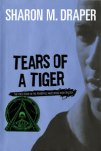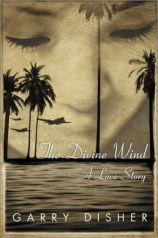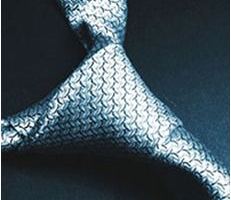
I am a Southern girl, born and raised in Georgia. If you are like me, and have that distinction, there are many singers and bands that are Southern and Georgian. The Allman Brothers Band is one of those bands and I have been a fan as long as I can remember. One of my earliest memories is when Gregg Allman married Cher, their picture on the cover of People magazine. Then there is the time in history when we were learning about the blues, and my teacher played “Statesboro Blues” on her guitar on front of the whole class. Then she asked each of us to write our own blues song to the same tune of that iconic melody. I’m pretty sure I have been in love with Gregg Allman since I was that little girl. His beautiful blonde hair, soulful voice and that hint of danger has long intrigued me, even as I have grown up and he’s grown older. I have seen the Allman Brothers Band in concert many times, and had the pleasure of seeing Gregg Allman & Friends on a couple of occasions. I’ve visited his brother Duane’s and their friend and band mate Berry Oakley’s graves at Rose Hill Cemetery. I’ve made a trek to the Big House, in Macon, the old home of the Brothers, now a museum. So of course, it was my duty and pleasure to read his autobiography, even though he might tell me secrets that might make me question my blind adoration after all these years.
I pre-ordered the book as soon as I could from Amazon. I was looking forward to reading Gregg’s life story. When the book finally arrived, I was in the middle of reading another book for Cannonball Read 4, and my husband took it upon himself to crack the spine of My Cross to Bear. The entire time he read, he kept telling me, “You aren’t going to like this.” Or he’d mutter, “This is the worst book I’ve ever read.” He was serious about his opinions. He told me the writing was terrible and was ridiculously paced. He stated Gregg’s narrative voice was like that of an old, rambling man, going from topic to topic. I insisted I had to read it for myself, no matter how bad the storytelling was; no matter how circuitous the narrative. No matter how sad and disappointed I might be learning the truth behind the soulful music I’d listened to all my life, I was still committed to knowing all I could.
I do give my husband credit for his description of Gregg’s voice in the book. I am unsure of how much he actually “wrote” of this autobiography, with Alan Light. I know he wrote a multitude of beautiful songs about heartbreak, longing, and love, but we aren’t all authors. The book reads like a long conversation, and Gregg meanders through each story in his life, like a lazy river, sometimes cool and refreshing, other times, lazy and hazy as it wanders around the bend. I imagined Gregg telling me the story of his life as he sits on an cracked and weathered porch, his languid voice lulling me into the time machine that takes us back to when he was a child, growing up in Tennessee and then in Florida. He tells me of being packed away to military school at age eight. But, as he tells me about those early years, anecdotes about the Sear’s guitar for $21.95 or the foot shooting party, sometimes, he suddenly changes the subject, discussing an event that happened just fifteen years ago. I really had to make sure I was paying attention, or else I would get lost in the shuffle of his life.
Gregg does honestly reveal all his missteps in love and drugs, but at the heart of this story, for me, was the deep love he had for his brother Duane and for writing and making music. Duane was Gregg’s tormentor, but Gregg seems to have the deepest love and affection for Duane, even after all these years since Duane’s tragic death in 1971. The music seems to come easy to Gregg. He doesn’t give any magical clues as to how he writes a song, admitting at one point, it might sound like he’s giving you a formula, but “it’s never that simple.” He admitted the song “Midnight Rider” is the one song he is most proud of in his career.
I am sure some readers will be fascinated by all the lovers, baby mamas, six wives, five children, alcohol, and the never ending supply and demand of drugs from pot, to coke, to heroin. I admit I was fascinated by his relationship with Cher. She was such an icon of the 70s and I remember watching Sonny and Cher and thinking how unique she was, an inspiration to all those girls out there, like I was, who weren’t considered traditional looking. I still remember signing with heartfelt triumph the song, “Half-Breed” at the top of my little girl lungs! There is more to the story than just the salacious parts. Sure, Gregg loves women; he’s still just as enamored with them after all this time. Thankfully, his love of drugs and alcohol is under control and even with a liver transplant, he is trying to live a more healthy lifestyle these days.
In addition to the life story that he tells, the book includes posters from gigs for the Allman Brothers, and photographs and other memorabilia to accompany the different phases in Gregg’s life and career. It was like flipping through old photo albums. I had time to peruse the pictures, looking at all the details of Gregg’s adventures. It felt as if I knew him better after reading his story. He’s hardly perfect by any means, but I felt privileged to get to know him just a little better and understand his music all the more. I wouldn’t recommend reading this book to just anyone. You would at least require love and affection for his music first, and then need the desire to spend a little time with an old man as he reflects on a journey, with pride and curiosity, at just how far he’s come and just how lucky and talented he really is.







